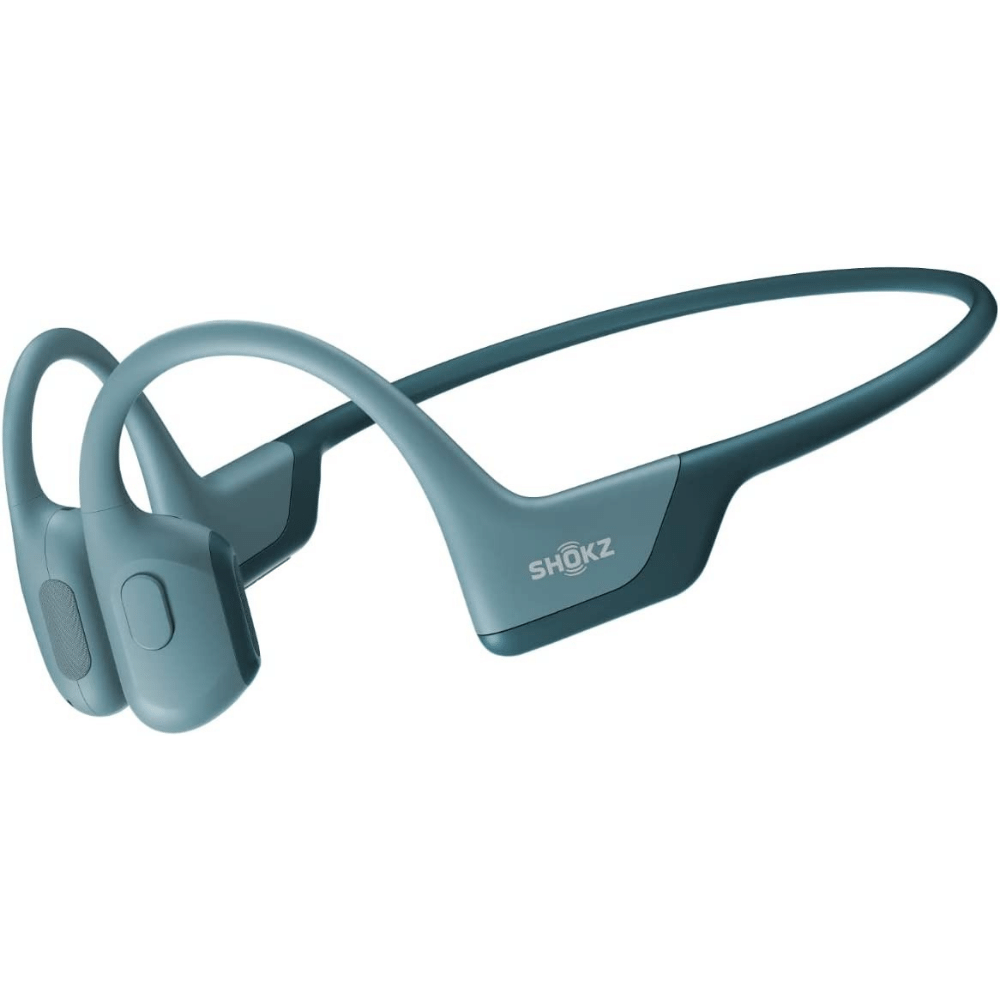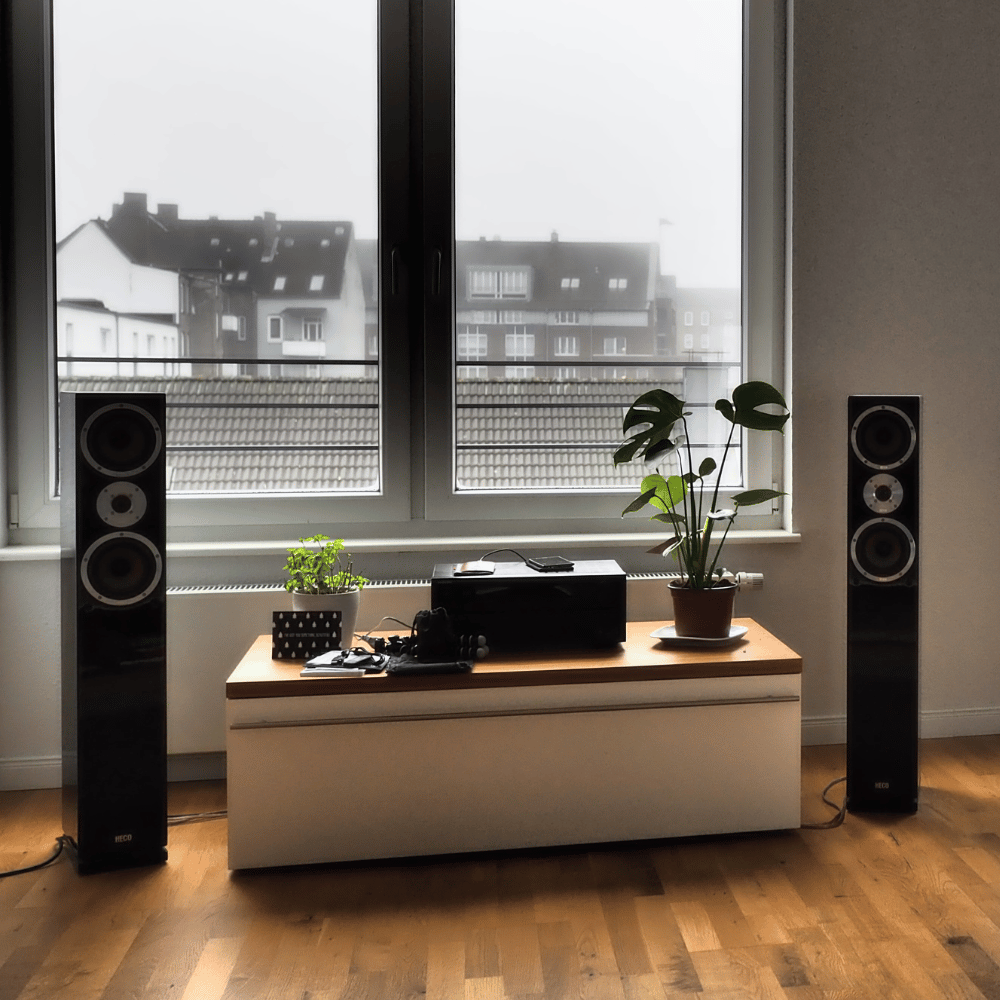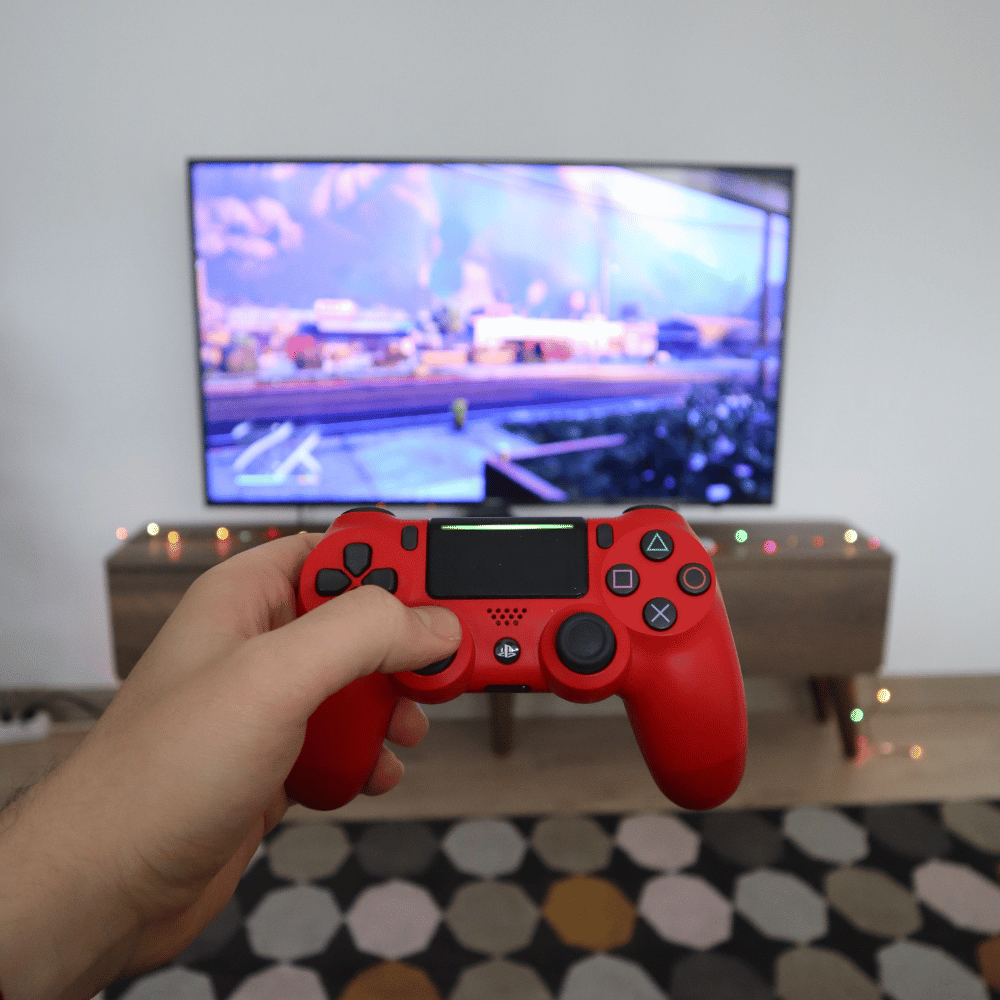You've seen them before. People walk around with strange-looking headphones that don't go over or in their ears. They look like they're from the future or a sci-fi movie. But these headphones are called bone-conduction headphones, and they're becoming increasingly popular for a number of reasons.
In this blog post, we'll explore what bone-conduction headphones are, how they work, and some of the advantages and disadvantages of using them.
What are Bone-Conduction Headphones?
Bone-conduction headphones are headphones that use vibrations to send sound waves directly to the inner ear. That may sound complicated, but it's a straightforward concept. The headphones sit on top of your ears (hence why they look so strange), and they have little pads that rest on your cheekbones. These pads vibrate very quickly, sending vibrations through your cheekbones and directly to your inner ear. This bypasses the eardrum completely, which is how these headphones produce sound without going into or over your ears.
How Do They Work?
As we mentioned before, bone-conduction headphones use vibrations to send sound waves directly to your inner ear.
But how do they actually produce these vibrations? Bone-conduction headphones have something called a transducer, which is responsible for converting electrical energy into vibrations.
The transducer is usually made out of piezoelectric material, which means that it produces electricity when it's mechanically compressed or stretched. When an electrical current is passed through the transducer, it vibrates so quickly that you can't even see it with the naked eye.
These vibrations are then sent through the pads on the outside of the headphones and directly to your inner ear, bypassing your eardrum entirely.
The Advantages of Bone-Conduction Headphones
There are a few advantages that bone-conduction headphones have over traditional earbuds or over-ear headphones.
One advantage is that they don't require a perfect fit to work properly—which means that you don't have to insert them into your ear canal for them to stay in place (and you don't have to worry about them falling out while you're running or working out).
Another advantage is that they don't block out all external noise—which means that you can still hear things around you while you're wearing them ( This can be advantageous if you're walking or running outside, and you need to be aware of your surroundings).
Bone-conduction headphones also don't put as much pressure on your eardrums as traditional earbuds do— which means that they're less likely to cause pain or discomfort after extended use.
Finally, bone-conduction headphones can be used when you cannot hear normally. A typical example is when you're swimming. Speaking of which, click the link below for our recommended headphones for swimming!
The Disadvantages of Bone Conduction Headphones
There are also a few disadvantages that come along with using bone-conduction headphones.
One disadvantage is that they're not as effective at blocking out external noise as traditional headphones are—which means that if you're trying to listen to music in a noisy environment, you may have difficulty hearing it.
Another disadvantage is that they're not as good at producing deep bass tones as traditional headphones. So if you're looking for an immersive listening experience, you may be disappointed with what these headphones offer.
Finally, because bone conduction headphones send vibrations through your skull, some people find them uncomfortable after extended use — although this varies from person to person.
Conclusion
So there you have it! A brief overview of bone-conduction headphones and some of their advantages and disadvantages. If you are interested in buying a pair, Shokz is a specialist in bone-conduction headphones. Click the link below and see our recommended Shokz headphones.







